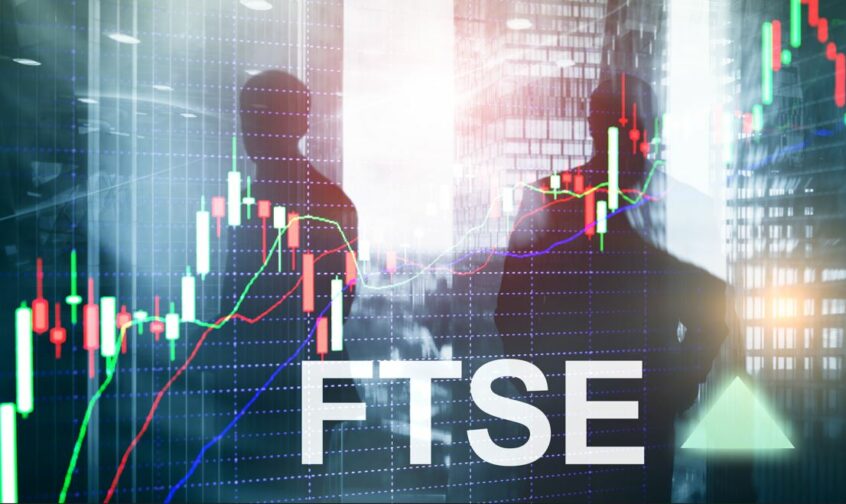Global equities have had a good start to the year. They rose 2.6% in local currency terms last week and are up 4.7% so far this year. In sterling terms, the gains are a bit smaller at 2.0% and 3.8% respectively due to a further rise in the pound to $1.22 against a weak dollar.
The most important economic number for investors these days is the monthly US inflation report. While last week’s data for December were in line with expectations, they did confirm that headline inflation at least in the US is now on a clear downward trend. Inflation fell back to 6.5% from 7.1% the previous month and is down from a peak last summer of 9.1%.
Core inflation has also begun to subside but by much less and remains well above the Fed’s 2% target. The core rate dropped to 5.7% in December, down from 6.0% in November and a high of 6.6%.
Markets are hoping that this improvement will lead to US interest rates peaking no higher than 5% and the Fed cutting rates in the second half of the year. While the latter is certainly possible, we believe it is more likely that the Fed sticks to its guns and does not start easing policy until next year. Only by then are underlying inflation pressures likely to have moderated sufficiently to justify such a move.
This is one reason why the rebound in equities – markets are now up some 12% from their October low – looks somewhat overdone near term. The other reason is that corporate earnings are likely to be revised down further. The consensus is still looking for a modest gain in global earnings this coming year despite the sharp slowdown in growth and a probable recession.
The fourth quarter results season kicked off with the big US banks on Friday and will be important, as much for the forward guidance from companies as the results themselves. Friday saw no big surprises with the banks benefiting from the rise in interest rates but suffering from the downturn in investment banking revenues and warning of the impact of the weaker economy. Earnings this quarter are forecast to be down 8% on a year earlier for the financial sector and 2% for the market as a whole.
The downturn in the UK economy is widely expected to be more protracted than in the US and the Eurozone. However, the latest numbers provided some reassurance on this front. UK GDP rose 0.1% in November, rather than contracting 0.2% as had been expected. Even so, the good news shouldn’t be exaggerated. GDP still dropped 0.3% over the last three months and the UK remains the only G7 country where activity still remains below pre-pandemic levels.
Despite all this, the UK stock market is testing its all-time high in May 2018 with the FTSE 100 index currently at 7855. US stocks, by contrast, are off some 17% from their high at the start of last year. This large gap in performance reflects both the tilt of the UK market towards the commodity sectors and also a sizeable fall in the pound against the dollar (notwithstanding its recovery since October).
Even though the economy looks set to slip into recession, we expect the UK to see new highs over the coming year and be one of the better performing markets. As we have highlighted before, its cheapness, tilt to commodities and high overseas exposure should all continue to stand it in good stead.

Rupert Thompson – Chief Economist

